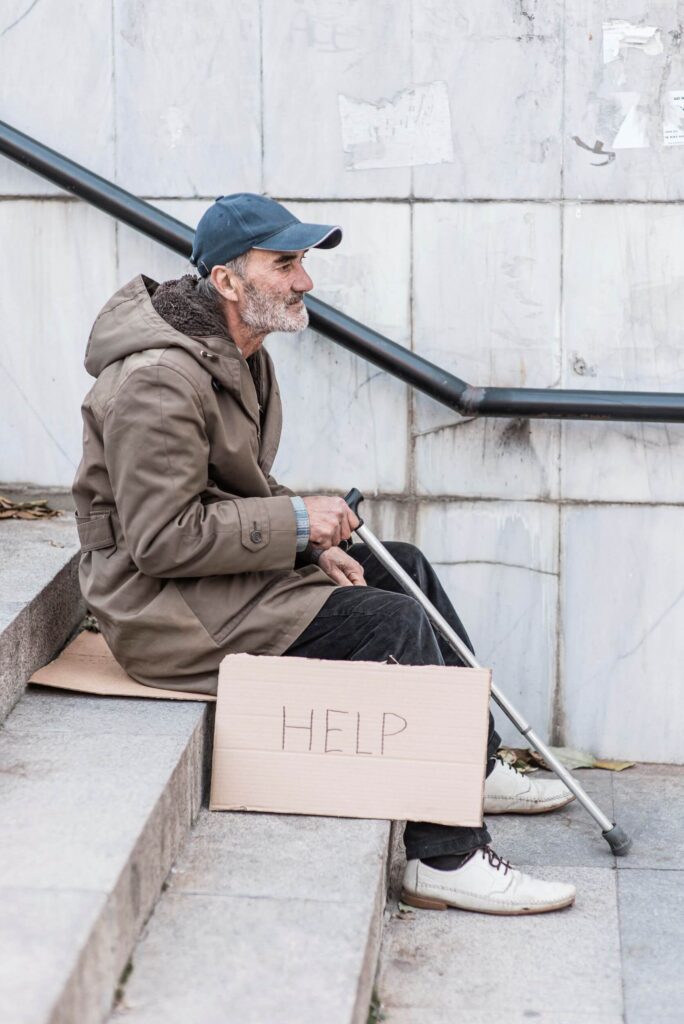Most Vulnerable Populations
The most significant affordable housing need in Weld County is the provision of permanent housing solutions for the chronically homeless population and very low income households living at/or below 30% area median income (AMI).
In recent years through the operation of Greeley’s seasonal Cold Weather Shelter and the United Way of Weld County’s Housing Navigation Center, the community has identified a significant and growing population of individuals who are experiencing homelessness, chronic and disabling medical conditions, and a total absence of family support systems making them extremely vulnerable to serious medical emergencies and even death. The development of a safe and supportive place to live for these most vulnerable citizens is a top priority for the Northern Colorado Housing Continuum of Care, and High Plains Housing Development Corp. as we work to provide housing opportunities for the most vulnerable, unhoused residents of Weld County.
A recent survey of those experiencing homelessness found that 51% have been in Weld County their whole lives, suggesting that long-time residents experience homelessness at a substantial rate.
See 2022 Point in Time count of homelessness in Northern Colorado for further information on the number of persons experiencing homelessness.
Permanent Supportive Housing for residents exiting homelessness or for individuals who are precariously housed is a nationally recognized housing model proven to provide the necessary support for this population to live stably and independently in their communities. It is the right solution to a critical community need, and High Plains is at the forefront of making sure this housing gets built in Weld County.
Permanent Supportive Housing
Permanent Supportive Housing (PSH) is a best-practices, proven, and cost-effective solution to the needs of vulnerable people with disabilities who are homeless, institutionalized, or at greatest risk of these conditions. The PSH approach integrates permanent, affordable rental housing with the best practice community-based supportive services needed to help people who are homeless and/or have serious and long-term disabilities – such as mental illnesses, developmental disabilities, physical disabilities, substance use disorders, and chronic health conditions – access and maintain stable housing in the community.
Definition of chronically homeless: The U.S. Department of Housing and Urban Development defines the chronically homeless as an individual or family with a disabling condition who has been continuously homeless for a year or more or has had at least four episodes of homelessness in the past three years.
Professionally managed housing and services: Permanent supportive housing looks and functions much like any other type of housing. People living in supportive housing have a private and secure place to make their home, just like other members of the community, with the same rights and responsibilities. The difference is that they can access services designed to address their individual needs and preferences. These services may include the help of a case manager or counselor, help in building independent living and tenancy skills, assistance with integrating into the community, and connections to community-based health care, treatment,
and employment services.
Supportive Services on Site: Supportive services are intended to help residents live independently by addressing their individual needs. Supportive services such as care management, independent living skills, job skills training, peer support services and social activities may be provided on site. The care manager will connect residents to health care services, and mental health and substance use treatment off-site. The site will also be staffed 24/7 in order to provide security and resident support at all times.
Housing as Health Care: Permanent supportive housing allows people with one or more serious disabling conditions to stabilize their housing and address underlying conditions that often have gone untreated for many years. The combination of housing and supportive services creates a synergy that allows residents to take steps toward recovery and independence. Stable housing is one of the most important determinants of health outcomes. Many individuals experiencing homelessness struggle with chronic health conditions, mental illnesses, or substance use and are especially vulnerable to victimization. They also tend to lack resources that might help mediate those risks, such as health insurance, transportation, telephones, and routine access to primary care. Thus, homeless people have high health care needs coupled with significant barriers to appropriate access to care.
Studies have also shown that homeless people have rates of emergency department (ED) use and inpatient hospitalization that are three and four times higher than those of the average person, respectively. Rates of primary care engagement among the homeless population are low, and noncompliance with prescription medications is high. These studies and others show associations between housing instability, high utilization of acute hospital services, poor health outcomes, and high costs of care. Results from studies of formerly homeless people living in supportive housing showed significantly lower overall health care expenditures after they moved into supportive housing, including reductions in emergency and inpatient hospital care. Respondents reported improved access to care, stronger primary care connections, and better subjective health outcomes. Together, these results indicate a significant association between supportive housing and reduced health care costs for the homeless




